This article was co-authored by Ashley Mak, DPT. Ashley Mak is a Physical Therapist and the Owner of Ashley Mak Performance and Rehabilitation, his physical therapy business based in Hoboken, New Jersey. He is also the CEO of Hudson River Fitness and an Adjunct Professor at Kean University. With over seven years of physical therapy experience, Ashley specializes in both pain management and maximizing physical performance. He received his BA in Biology from Villanova University in 2010 and his Doctorate in Physical Therapy (DPT) from Thomas Jefferson University in 2012.
There are 15 references cited in this article, which can be found at the bottom of the page.
This article has been viewed 25,883 times.
When you have rheumatoid arthritis, exercise can feel like an especially hard challenge. You might find that activities you used to do are too painful with your joints. Fortunately, there are lots of low-impact exercises that can improve your muscle strength while supporting your joints. Plus, you'll enjoy the benefits of physical activity—improved balance, reduced joint stiffness, and improved mood.
Steps
Low-Impact Exercises
-
1Stretching every day can reduce joint stiffness and improve flexibility. To stretch your lower body, sit and stretch your legs in front of you.[1] Lean towards your feet until you feel a stretch in your hamstring. For a simple upper body stretch, raise both your arms straight up in the air and lean to 1 side until you feel a pull on your side. Then, repeat this on the opposite side.[2]
- These are just a few examples of stretches, but you can any stretching work out that you enjoy. Try reaching your arms behind your back for a good stretch across your shoulder or hold a resistance band in front of you with both hands. Then, pull your arms apart to stretch your upper body.
- Studies showed improvement in flexibility with just 10 to 15 minutes of stretching twice a week.[3]
-
2Swim or do water aerobics for low-impact strength training. You might find it easier to move in the water, plus the water provides resistance so your muscles get a good workout without putting strain on your joints. It's also great for your cardiovascular health! Hit the pool a few times a week and swim laps, walk an underwater treadmill, or take an aqua aerobics class.[4]
- Some people with rheumatoid arthritis find that the cold water of the pool hurts their joints. Look for a heated pool in your community if this is the case for you.
- If you're anxious about getting in and out of the pool, ask if a staff member could help you into the pool or if the pool has accessibility features.
Advertisement -
3Incorporate strength training to reduce arthritis pain. When you strengthen the muscles around your joints, you can relieve pain. These are also activities that improve your range of motion so you can function easier. You can practice strength training with a resistance band or with free weights as long as you don't strain your muscles.[5]
-
4Walk or cycle to build muscle strength. These are great activities for getting your heart pumping and your blood flowing which can reduce stiffness. A walk or ride outside can also do wonders for your mood! Aim for walking or cycling 3 to 5 times a week.[8]
- Try to get in 30- to 60-minute sessions but feel free to break these up.
-
5Incorporate balance exercises like yoga, tai chi, or pilates. These gentle, rhythmic movements not only improve your balance—they'll improve flexibility and joint mobility. Do any of these flowing movements at home, outside, or at your local community center. You can often find classes that are tailored to people with rheumatoid arthritis.[9]
- If you're exercising at home, clear your space so there's nothing you could trip over.
- Aim for at least two 10- to 15-minute sessions every week to enjoy the health benefits. If you're at risk of falling, try to squeeze an extra session in.[10]
-
6Start and finish your workout with 3 to 5 minutes of gentle aerobics. Warm-ups get your heart pumping so your muscles get more blood flow. This can prevent injury so spend a few minutes before exercising. You should also finish your workout with the same activities. A cool-down helps your heart rate and blood flow gradually slow down.[11]
-
7Avoid high-impact exercises that are hard on your joints. Activities like running, football, jumping, and jogging can all make joint pain worse. If you don't want to give them up completely, try to cut back on how frequently you do them.[14]
- Wearing supportive braces may protect your joints to some extent. For example, a knee brace might make jogging more comfortable since the joint is supported.
Comfort Modifications
-
1Exercise on a soft surface to reduce the impact on your joints. If you feel every bump or impact when you work out, move your exercises to a soft surface. This may mean walking on a track instead of a concrete sidewalk or doing tai chi on foam exercise mats instead of on a hard floor.[15]
- Don't forget to wear comfortable shoes. You may want to wear shock-absorbing inserts to reduce the impact of your workouts.
-
2Aim for a healthy weight to reduce pressure on your joints. If you're overweight, the extra weight is putting extra pressure on your joints. Try to follow a healthy diet and incorporate daily exercise so you can reach your weight loss goals.[16]
- Studies show that if you're overweight, losing just 1 pound (0.45 kg) of weight reduces 4 pounds (1.8 kg) of pressure on your joints.
-
3Start slow and gradually work up to more intense exercise. You might have a physical goal that you're working toward, but don't overdo your physical activity when you start. For instance, you might hope to run in a 5k, but you shouldn't push yourself to immediately run that distance. Instead, you might run a few miles a week and slowly add distance once your body feels comfortable.[17]
- For example, you might do 5 minutes of stretching 2 times a day. The next day, you could add another 5 minutes to build off of that. Only add more physical activity once your body has had a chance to adjust to your activity level.[18]
-
4Break up your physical activity into smaller chunks. You might find that with rheumatoid arthritis you get sore easily. While you should aim for 150 minutes of physical activity a week, it's fine to break this up if it's more comfortable for you. For instance, you could do three 10-minute sessions every day instead of a single 30-minute workout if you prefer shorter workouts.[19]
- It's completely fine if you can't meet these exercise goals. Remember, any physical activity is better than none, so do as much as you can!
-
5Rest in between exercises or after a flare-up. Unfortunately, you may start feeling pain during or right after a workout. If this happens, rest for a bit. You might hold an ice pack or a heating pad on your joints for 15 minutes, depending on which is more comfortable for you. Then, ease back into gentle movements.[20]
- If you find that the same exercise always causes a flare-up, it might be a good idea to try a different activity.[21]
-
6Talk with your doctor or follow their exercise plan. If you have a physical therapist, they may have a tailored plan for you. If not, discuss your exercise plans with your physical therapist or doctor. You can run exercises by them or ask them to recommend physical activities that will help you stay active and reduce joint aches.[22]
- Not sure where to begin? Choose a few exercises that you enjoy doing so you're more likely to stick with an exercise routine.
Expert Q&A
-
QuestionWhich exercise should I do if I have arthritic joints?
 Ashley Mak, DPTAshley Mak is a Physical Therapist and the Owner of Ashley Mak Performance and Rehabilitation, his physical therapy business based in Hoboken, New Jersey. He is also the CEO of Hudson River Fitness and an Adjunct Professor at Kean University. With over seven years of physical therapy experience, Ashley specializes in both pain management and maximizing physical performance. He received his BA in Biology from Villanova University in 2010 and his Doctorate in Physical Therapy (DPT) from Thomas Jefferson University in 2012.
Ashley Mak, DPTAshley Mak is a Physical Therapist and the Owner of Ashley Mak Performance and Rehabilitation, his physical therapy business based in Hoboken, New Jersey. He is also the CEO of Hudson River Fitness and an Adjunct Professor at Kean University. With over seven years of physical therapy experience, Ashley specializes in both pain management and maximizing physical performance. He received his BA in Biology from Villanova University in 2010 and his Doctorate in Physical Therapy (DPT) from Thomas Jefferson University in 2012.
Physical Therapist If you are a bit older and have some arthritic joints, you can do forward bending or flexion-based exercises. They include a cat-cow position and a child's pose. You can sit in a chair and do these exercises. Or sit on the floor with your legs out in front of you.
If you are a bit older and have some arthritic joints, you can do forward bending or flexion-based exercises. They include a cat-cow position and a child's pose. You can sit in a chair and do these exercises. Or sit on the floor with your legs out in front of you. -
QuestionWhich exercises are suitable for me if I spend most of my time working in the office?
 Ashley Mak, DPTAshley Mak is a Physical Therapist and the Owner of Ashley Mak Performance and Rehabilitation, his physical therapy business based in Hoboken, New Jersey. He is also the CEO of Hudson River Fitness and an Adjunct Professor at Kean University. With over seven years of physical therapy experience, Ashley specializes in both pain management and maximizing physical performance. He received his BA in Biology from Villanova University in 2010 and his Doctorate in Physical Therapy (DPT) from Thomas Jefferson University in 2012.
Ashley Mak, DPTAshley Mak is a Physical Therapist and the Owner of Ashley Mak Performance and Rehabilitation, his physical therapy business based in Hoboken, New Jersey. He is also the CEO of Hudson River Fitness and an Adjunct Professor at Kean University. With over seven years of physical therapy experience, Ashley specializes in both pain management and maximizing physical performance. He received his BA in Biology from Villanova University in 2010 and his Doctorate in Physical Therapy (DPT) from Thomas Jefferson University in 2012.
Physical Therapist If you work in an office, you spend most of your time bending forward. So backward bending exercises are more suitable for you. You can do extension-based exercises such as the cow pose where your back is arched. Put your hands on your buttocks and lean back like doing the limbo.
If you work in an office, you spend most of your time bending forward. So backward bending exercises are more suitable for you. You can do extension-based exercises such as the cow pose where your back is arched. Put your hands on your buttocks and lean back like doing the limbo. -
QuestionShould I do the upward-facing dog pose if I have arthritic problems?
 Ashley Mak, DPTAshley Mak is a Physical Therapist and the Owner of Ashley Mak Performance and Rehabilitation, his physical therapy business based in Hoboken, New Jersey. He is also the CEO of Hudson River Fitness and an Adjunct Professor at Kean University. With over seven years of physical therapy experience, Ashley specializes in both pain management and maximizing physical performance. He received his BA in Biology from Villanova University in 2010 and his Doctorate in Physical Therapy (DPT) from Thomas Jefferson University in 2012.
Ashley Mak, DPTAshley Mak is a Physical Therapist and the Owner of Ashley Mak Performance and Rehabilitation, his physical therapy business based in Hoboken, New Jersey. He is also the CEO of Hudson River Fitness and an Adjunct Professor at Kean University. With over seven years of physical therapy experience, Ashley specializes in both pain management and maximizing physical performance. He received his BA in Biology from Villanova University in 2010 and his Doctorate in Physical Therapy (DPT) from Thomas Jefferson University in 2012.
Physical Therapist The upward-facing dog is also known as the cobra pose. It is an extension-based exercise. In this, there is a backward bend in the lower back. This pose is suitable for office workers but not for older people with arthritic problems.
The upward-facing dog is also known as the cobra pose. It is an extension-based exercise. In this, there is a backward bend in the lower back. This pose is suitable for office workers but not for older people with arthritic problems.
Warnings
- Always consult your doctor or physical therapist before starting a new exercise regimen.[25]⧼thumbs_response⧽
- Take a break if you get a flare-up from exercising. You may want to apply ice or warmth to the joint for a few minutes. When you feel comfortable again, you can gradually resume your exercises.[26]⧼thumbs_response⧽
- Get medical attention if you develop severe pain, pain that lasts for more than 2 hours after you exercise, pain that gets worse at night, or swelling that doesn't go away.[27]⧼thumbs_response⧽
References
- ↑ Ashley Mak, DPT. Physical Therapist. Expert Interview. 3 March 2020.
- ↑ https://www.versusarthritis.org/about-arthritis/exercising-with-arthritis/what-type-of-exercise-should-i-do/
- ↑ https://www.ncbi.nlm.nih.gov/pmc/articles/PMC3042669/
- ↑ https://nras.org.uk/resource/where-do-i-begin/
- ↑ https://www.uofmhealth.org/health-library/uh1283
- ↑ Ashley Mak, DPT. Physical Therapist. Expert Interview. 3 March 2020.
- ↑ https://www.ncbi.nlm.nih.gov/pmc/articles/PMC3042669/
- ↑ https://www.arthritis.org/health-wellness/healthy-living/physical-activity/other-activities/best-exercises-for-rheumatoid-arthritis
- ↑ https://www.versusarthritis.org/about-arthritis/exercising-with-arthritis/what-type-of-exercise-should-i-do/
- ↑ https://www.ncbi.nlm.nih.gov/pmc/articles/PMC3042669/
- ↑ https://nras.org.uk/resource/exercise-and-rheumatoid-arthritis/
- ↑ Ashley Mak, DPT. Physical Therapist. Expert Interview. 3 March 2020.
- ↑ https://www.versusarthritis.org/about-arthritis/exercising-with-arthritis/getting-started-with-exercise/
- ↑ https://www.nhs.uk/conditions/rheumatoid-arthritis/living-with/
- ↑ https://www.solescience.ca/wp-content/uploads/2016/11/16-Rheumatoid-Arthritis.pdf
- ↑ https://www.arthritis.org/health-wellness/healthy-living/nutrition/weight-loss/weight-loss-benefits-for-arthritis
- ↑ https://nras.org.uk/resource/exercise-and-rheumatoid-arthritis/
- ↑ https://www.cdc.gov/arthritis/basics/physical-activity-overview.html
- ↑ ref>https://www.cdc.gov/arthritis/basics/rheumatoid-arthritis.html
- ↑ https://nras.org.uk/resource/where-do-i-begin/
- ↑ https://www.nhs.uk/conditions/rheumatoid-arthritis/living-with/
- ↑ https://nras.org.uk/resource/where-do-i-begin/
- ↑ https://www.cdc.gov/arthritis/basics/rheumatoid-arthritis.html
- ↑ https://www.cdc.gov/arthritis/basics/physical-activity-overview.html
- ↑ https://nras.org.uk/resource/exercise-and-rheumatoid-arthritis/
- ↑ https://nras.org.uk/resource/where-do-i-begin/
- ↑ https://www.cdc.gov/arthritis/basics/physical-activity-overview.html
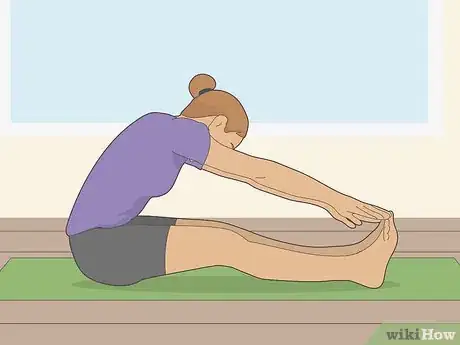

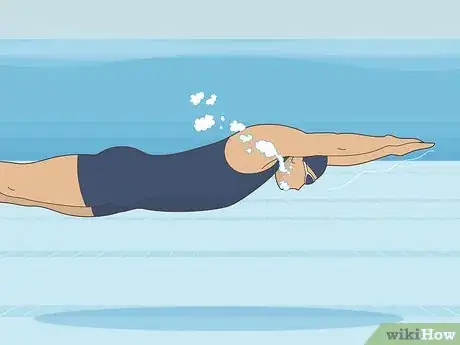
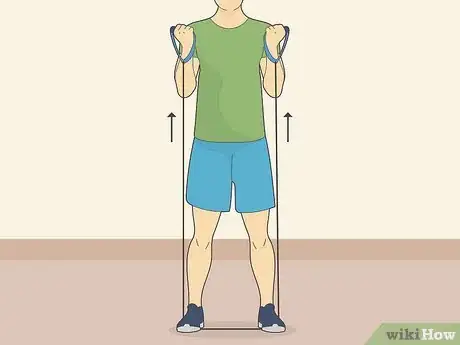

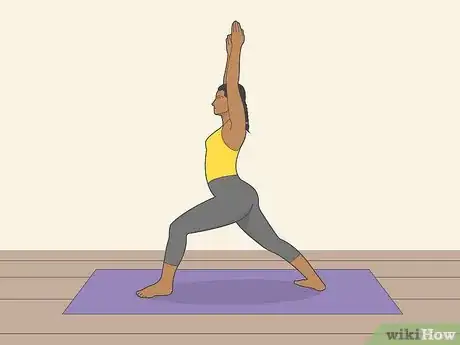

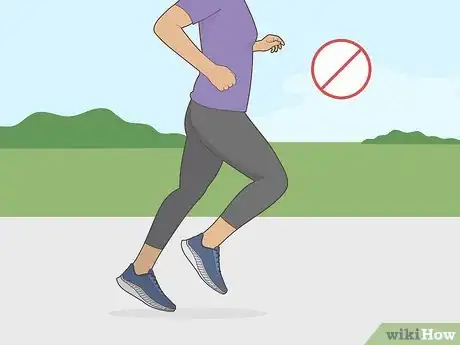

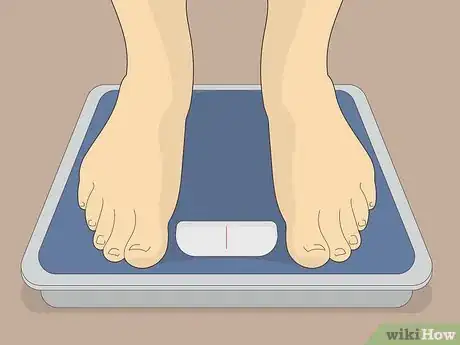


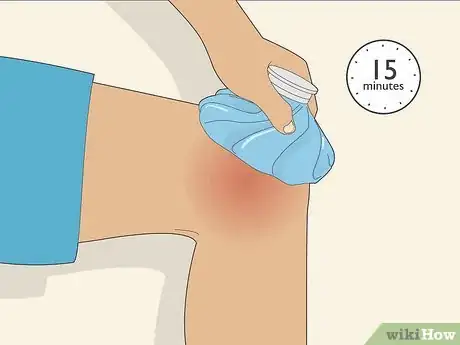



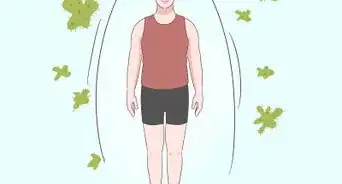


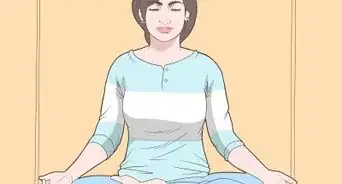
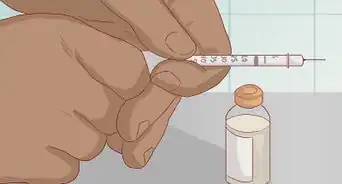











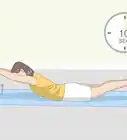

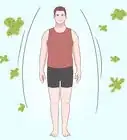





































Medical Disclaimer
The content of this article is not intended to be a substitute for professional medical advice, examination, diagnosis, or treatment. You should always contact your doctor or other qualified healthcare professional before starting, changing, or stopping any kind of health treatment.
Read More...